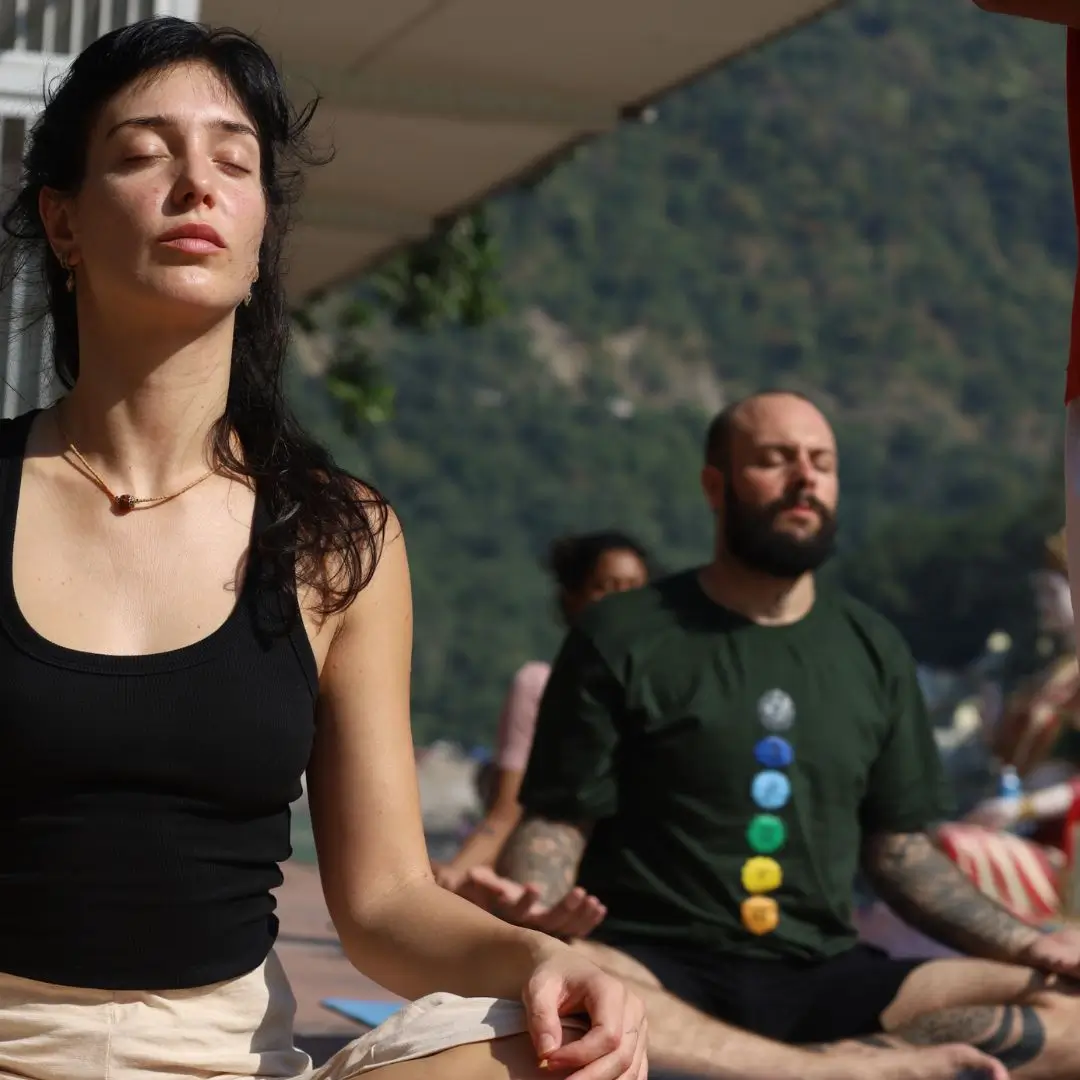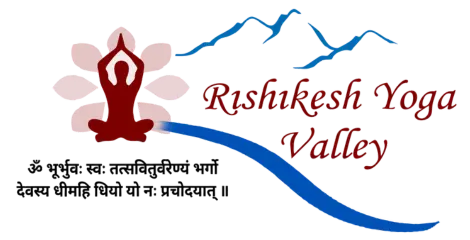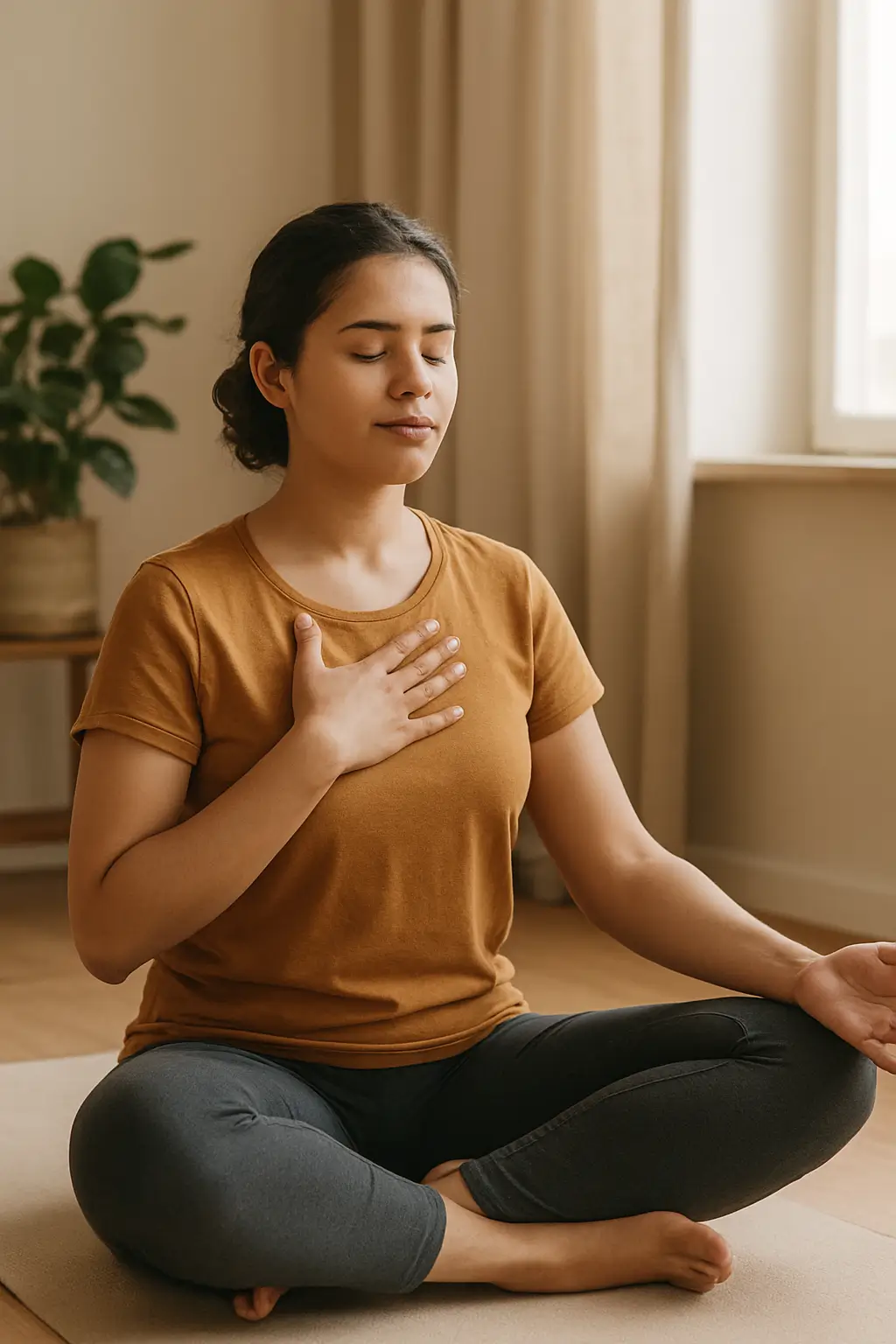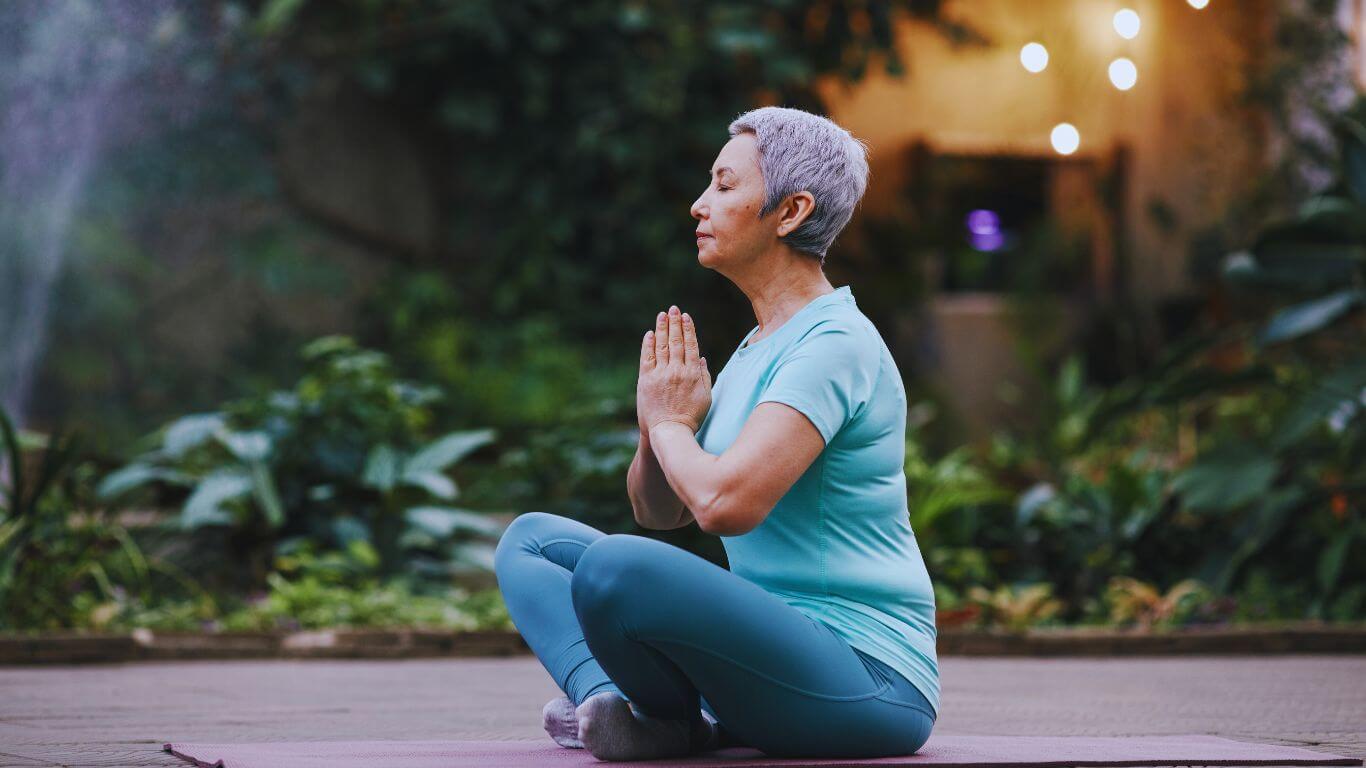Yoga for Emotional Release: Poses That Help You Process and Heal Within

Short Answer: Yoga helps release trapped emotions by combining movement, breath, and awareness. Practices such as hip openers, heart openers, and forward folds support deep healing. For those seeking a transformative experience, yoga teacher training in Rishikesh offers a complete path to explore this journey
The Deeper Truth: Why Emotions Live in the Body
Our bodies are memory keepers. Every sigh we hold back, every moment we suppress anger or grief, leaves an imprint. Ancient yogis knew that energy, when blocked, creates suffering. Modern science echoes this—stress hormones get stored in muscles, tightening the breath and keeping the nervous system on guard.
Yoga provides a release valve. It lets us feel what was once too overwhelming, giving unspoken emotions a way to move and dissolve.
Yoga as a Spiritual Path of Release
Unlike conversation, yoga works through silence.
Breath slows the storm. Each inhale expands space; each exhale softens tension.
Movement unblocks channels. Muscles let go, tissues release, prana flows again.
Stillness allows the soul to speak. Tears, laughter, or quiet peace often arise when the mind finally rests.
Yoga here is not just exercise—it’s emotional alchemy.
Poses That Unlock Hidden Emotions
Heart Openers: Camel Pose (Ustrasana)
Hips are where unresolved grief and frustration often hide. Staying in Pigeon with mindful breath can awaken release—sometimes gentle, sometimes profound.
Hip Openers: Pigeon Pose (Eka Pada Rajakapotasana)
Opening the chest can feel raw, exposing buried vulnerability. But it also frees the weight of sadness and invites self-compassion.
Grounding Forward Folds: Child’s Pose (Balasana)
This posture wraps you in safety. It encourages surrender and grounding when emotions surge too strongly.
Balancing Bridges: Setu Bandhasana
Bridge pose lifts the chest and spine, clearing heaviness and infusing the body with lightness and resilience.
My First Experience of Release in Rishikesh
I’ll never forget sitting in a long-held Pigeon Pose during my yoga teacher training in Rishikesh. At first, there was only discomfort. Then, without warning, tears poured down my face. It wasn’t pain—it was something old leaving my body. The sacred hum of the Ganges outside, the quiet presence of others, and the wisdom of the practice all held me as I let go.
That day I understood yoga is not about perfecting postures—it’s about freeing the soul from what weighs it down.
Why Rishikesh Holds a Special Power
There’s a reason seekers come here.
The sacred Ganga whispers of renewal.
The Himalayas cradle you in silence.
Temples echo with chants that soften the heart.
A yoga teacher training in Rishikesh is not only about alignment or anatomy—it’s about being in a container where release and transformation happen naturally. The environment itself is medicine.
Living With Emotional Freedom
When we release emotions through yoga, we don’t just feel lighter—we live lighter.
Relationships soften.
Stress loses its grip.
Life feels more fluid, more connected.
The practice becomes less about “doing yoga” and more about becoming yoga—a state of presence where emotions move freely, leaving clarity in their wake.
Closing Reflection
Yoga teaches us that emotions are not enemies to fight or suppress; they are messengers asking to be seen. Through conscious movement, mindful breath, and inner stillness, we allow them to rise and dissolve. Whether practiced at home or deepened through yoga teacher training in Rishikesh, this journey reminds us: healing was never outside—it has always lived within.
Frequently Asked Questions (FAQ)
1. Can yoga really release emotions stored in the body?
Yes. Emotions often manifest as physical tension. Through breathwork, mindful poses, and relaxation, yoga helps release stored stress, grief, and anxiety.
2. Which yoga poses are best for emotional release?
Hip openers like Pigeon Pose, heart openers like Camel, and grounding poses like Child’s Pose are powerful for releasing emotional blockages.
3. Do I need to be flexible to practice yoga for emotional healing?
No. Flexibility is not the goal. Yoga for emotional release focuses on breath and awareness, not physical perfection.
4. How does yoga in Rishikesh support emotional transformation?
Rishikesh offers a spiritually charged environment—sacred riverbanks, Himalayan energy, and traditional teachers—that naturally support deep inner healing.
5. What is the connection between yoga teacher training in Rishikesh and emotional release?
Yoga teacher training in Rishikesh provides not only physical practice and philosophy but also a supportive space where students often experience profound emotional breakthroughs.




